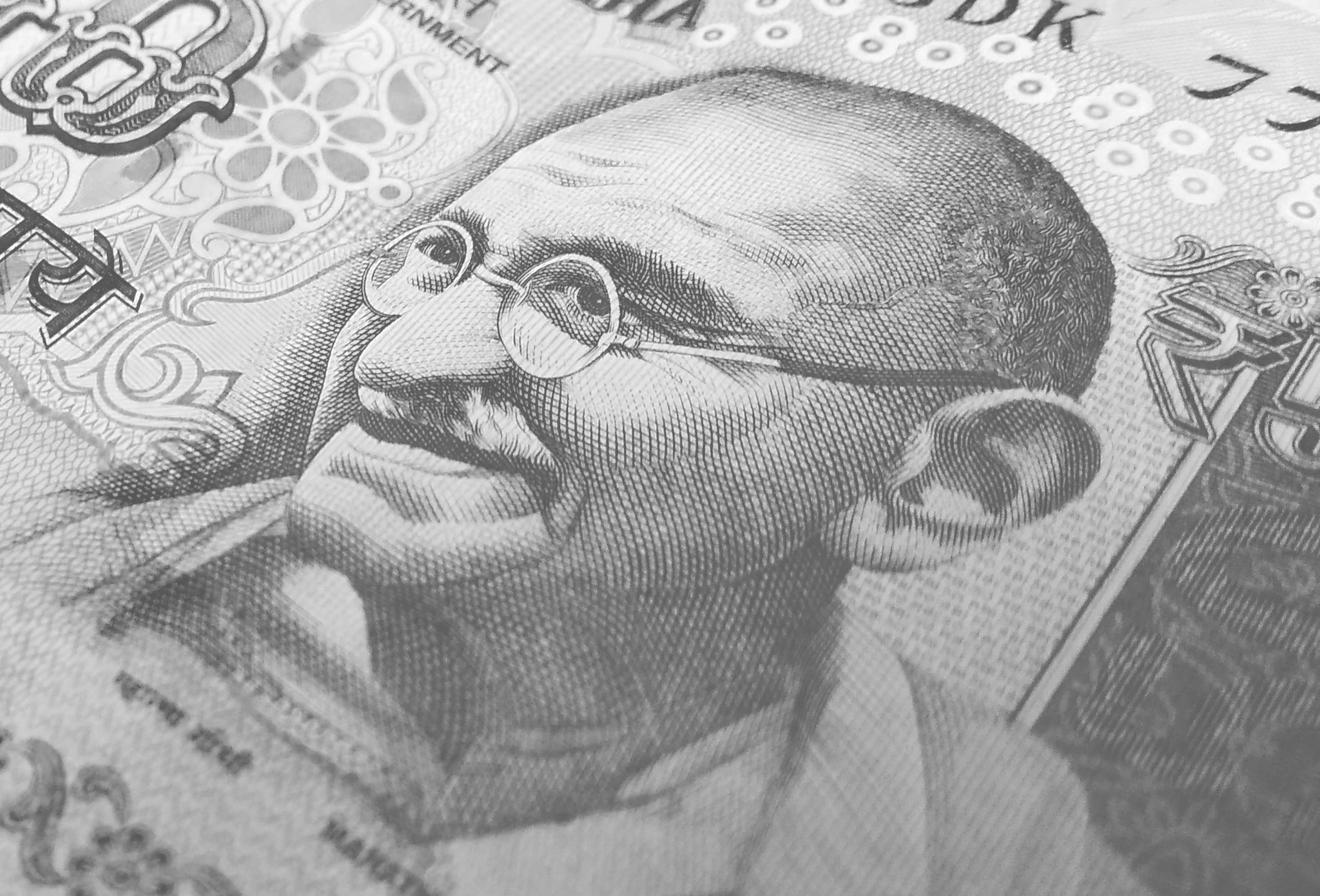New Delhi [India], September 11 (ANI): The Government of India has taken a significant step to boost the automobile industry through rationalisation of GST rates across various vehicle categories and components.
An analysis by the Press Information Bureau (PIB) added that the move aligns with broader policy objectives under flagship initiatives like Make in India, Production Linked Incentive (PLI) schemes, and the National Logistics Policy, all aimed at strengthening domestic manufacturing, modernising infrastructure, and encouraging innovation. The new GST rate cuts cover a wide range of vehicles including two-wheelers (up to 350cc), buses, small to luxury cars, tractors (under 1800cc), and auto parts. By lowering taxes, the government aims to make vehicles more affordable, thereby stimulating demand and supporting manufacturers and ancillary industries such as tyres, batteries, glass, steel, plastics, and electronics. This increase in vehicle sales is expected to create a multiplier effect, benefiting micro, small, and medium enterprises (MSMEs) throughout the supply chain. India’s automobile sector supports over 3.5 crore jobs directly and indirectly, spanning manufacturing, sales, financing, and maintenance. The GST cuts will boost employment not only in formal sectors like dealerships, logistics, and financing but also in informal segments such as drivers, mechanics, and small garages. Additionally, with more credit-driven vehicle purchases anticipated, retail loan growth is expected to rise, improving asset quality and driving financial inclusion in semi-urban India. Focusing on specific vehicle segments, the GST reduction on two-wheelers from 28 per cent to 18 per cent will lower prices for bikes, benefiting youth, professionals, farmers, and gig workers by reducing costs and EMIs. Similarly, small cars in the affordable segment will become more accessible, especially in smaller towns where these vehicles dominate. The GST cut on large cars simplifies taxation by removing the additional cess, making them more affordable while providing full input tax credit (ITC) benefits. Tractors and commercial goods vehicles (CGVs) also see significant rate reductions, with tractors under 1800cc dropping from 12 per cent to 5 per cent, and CGVs from 28 per cent to 18 per cent. This will promote mechanisation in agriculture and lower logistics costs, enhancing India’s export competitiveness and reducing inflationary pressures on goods transport. The cut on buses will encourage fleet expansion, affordable public transport, and a shift from private vehicles, helping reduce congestion and pollution. The GST rationalisation for automobile sector signals the government’s unwavering commitment to fostering growth and innovation, advancing MSME participation, and realising the vision of Aatmanirbhar Bharat, the analysis added. PIB added that these policy reforms will not only spur domestic demand and job creation but also usher in a modern, inclusive, and globally prominent manufacturing ecosystem, paving the way for sustainable, technology-driven growth in India’s heavy industries. (ANI)













